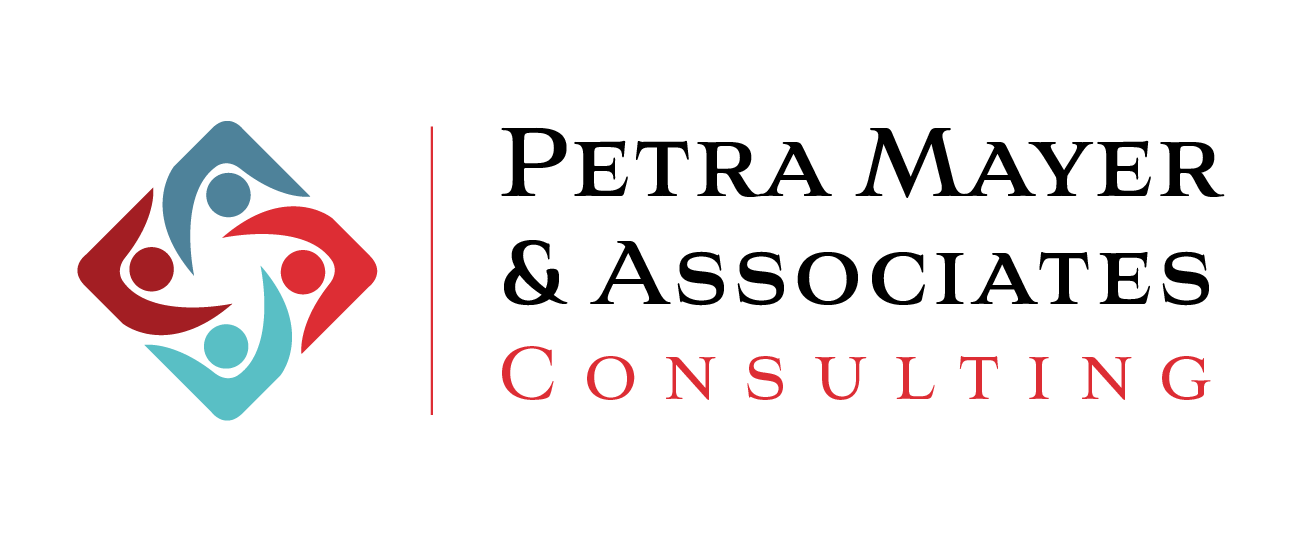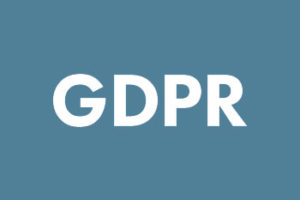The start of a new year offers a perfect opportunity to reassess and revitalize training content. As organizations are setting goals and teams are gearing up for fresh challenges, it’s important to align training materials with these new objectives. This article explores the process of refreshing training content for the new year, emphasizing the importance of staying current and relevant in professional development. By acknowledging the connection between learning content and organizational success, leaders and training professionals can pave the way for a year of continuous employee growth and achievement.
Understanding the Need for a Content Refresh
Before diving into the implementation details, let’s explore why a content refresh is essential for your LMS. Learning content can become outdated or less relevant over time, potentially lessening the effectiveness of your training programs. Embracing a proactive approach to content refreshment ensures that your workforce stays on top of the latest industry trends, compliance requirements, and technological advancements. Moreover, it reflects your commitment to providing a learning environment that is dynamic, engaging, and geared towards continuous improvement.
Aligning with Organizational Goals
To implement a successful content refresh, start by aligning it with your organizational goals. Consider the skills and knowledge your workforce needs to thrive in the current business landscape and engage with key stakeholders to understand evolving industry trends and anticipate future challenges. By ensuring your content aligns with these strategic objectives, you not only enhance the learning experience but also contribute directly to the overall success of your organization.
Evaluating Current Training Content Effectiveness
Once you have established your goals and objectives, it’s crucial to assess the effectiveness of your existing materials. This evaluation serves as a baseline, helping you identify areas that require improvement and providing insights into learner engagement and comprehension. Review performance metrics and assessment results, and look to identify areas where employees excel and pinpoint potential knowledge gaps. Use analytics to measure user engagement during training sessions. When doing this, look for patterns of disengagement or low participation. Lastly, ensure that your current training content is accessible to all employees. Be sure to also check for inclusivity, considering diverse learning needs and preferences.
Collaboration and Communication
A successful content refresh requires effective collaboration and communication across departments. Cultivate an open dialogue between your learning and development teams, subject matter experts, and other stakeholders. Valuable insights can be found in user feedback, providing essential guidance for your content refresh strategy. Actively analyze this input from both learners and instructors to pinpoint pain points and individual preferences. This thorough feedback analysis not only enhances the quality of your content but also solidifies a user-centric approach.
Adding Gamification and Interactive Elements
Incorporating gamification and interactive elements into your content refresh strategy can elevate the engagement and effectiveness of your learning materials. Gamification introduces game-like elements into non-game environments, making learning more enjoyable and motivating. Consider integrating elements such as points, badges, and leaderboards into your courses. By incorporating challenges and rewards, you create a sense of achievement and competition, encouraging learners to actively participate and progress through the content. Adding interactive elements, such as quizzes, simulations, and multimedia, transforms passive learning into an active, participatory experience. Implement scenario-based simulations to allow learners to apply knowledge in practical situations. Embed multimedia elements like videos and interactive graphics to cater to different learning styles and enhance overall comprehension.
Continuous Evaluation and Feedback Loops
Finally, implement a robust system for continuous evaluation and feedback. Regularly solicit input from learners, instructors, and other stakeholders to gauge the effectiveness of your content. Establish feedback loops that allow for ongoing adjustments, ensuring that your content remains responsive to the evolving needs of your audience.
Final Thoughts
As the leader of your organization, beginning a content refresh in your LMS is not just a task to check off your list – it’s a strategic initiative that positions your organization for sustained success. By aligning with organizational goals, fostering collaboration, embracing agile principles, leveraging technology, and maintaining continuous evaluation, you can create an LMS that serves as a dynamic hub for learning and development.
Looking for more guidance?
Reach out to us today for expert support during your LMS implementation project or training program development.


